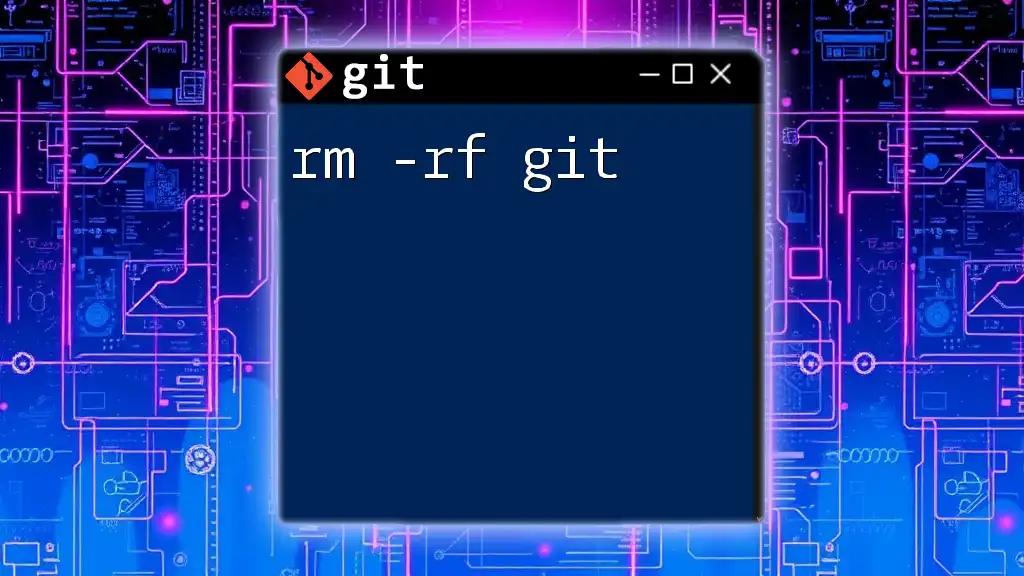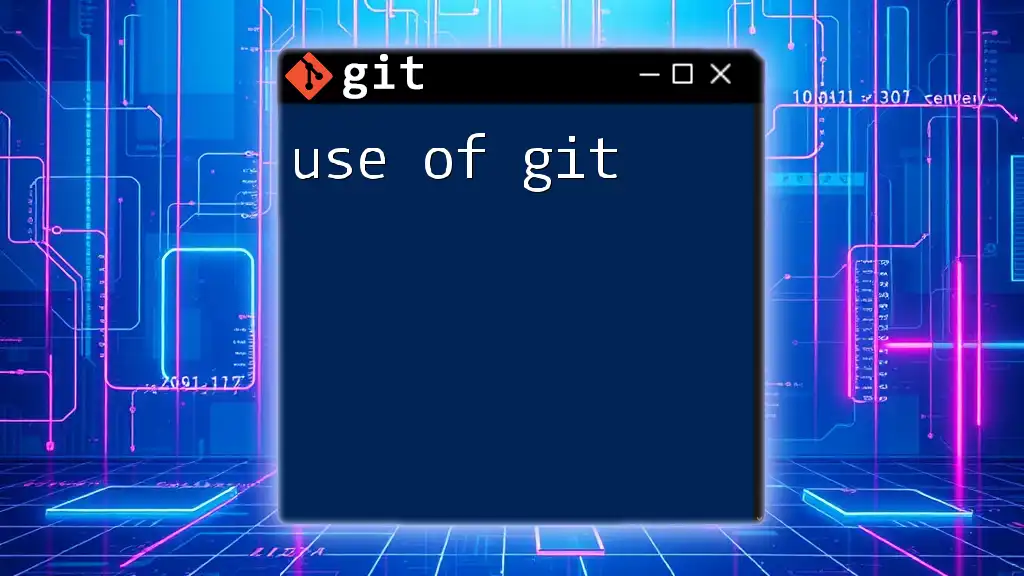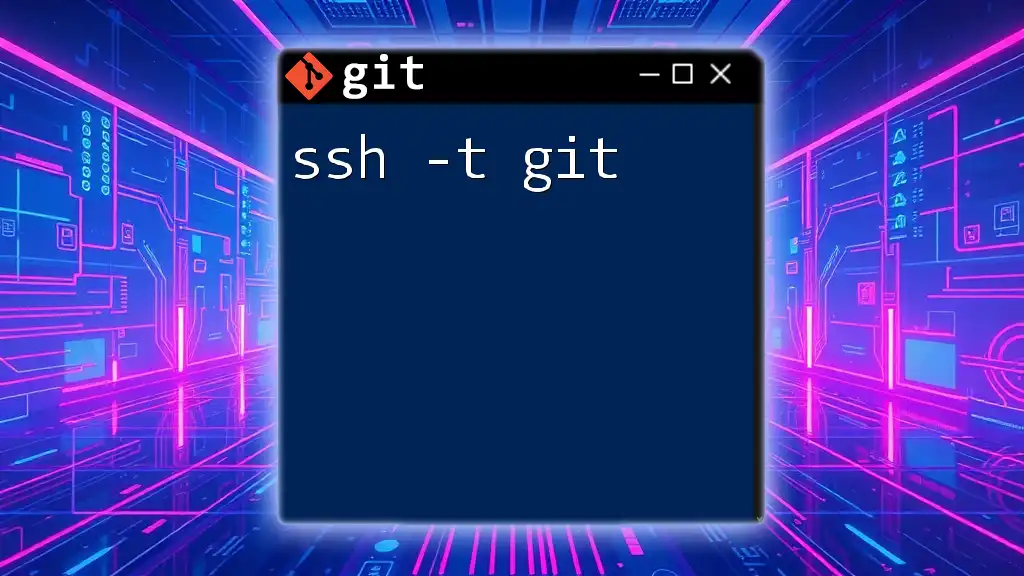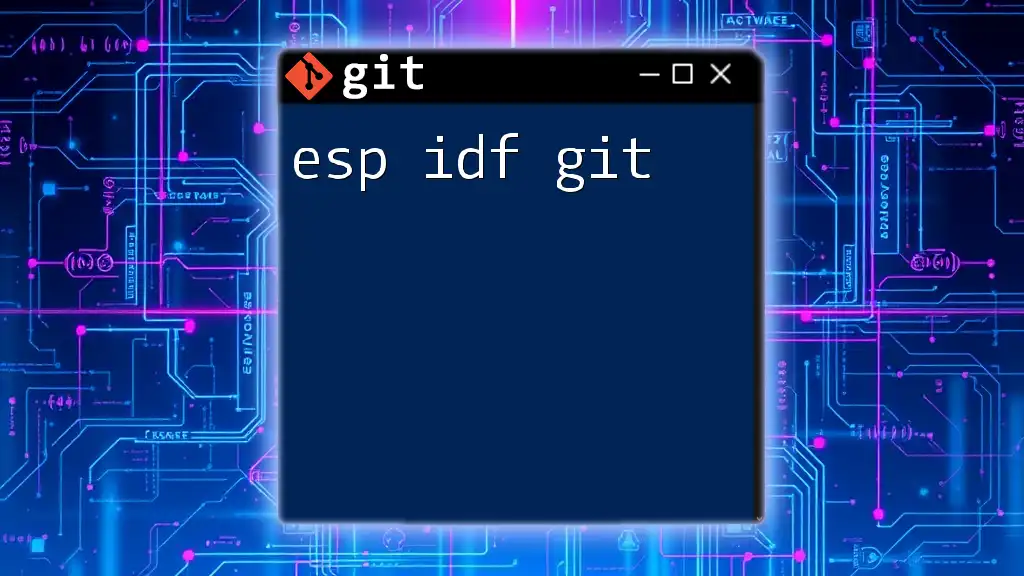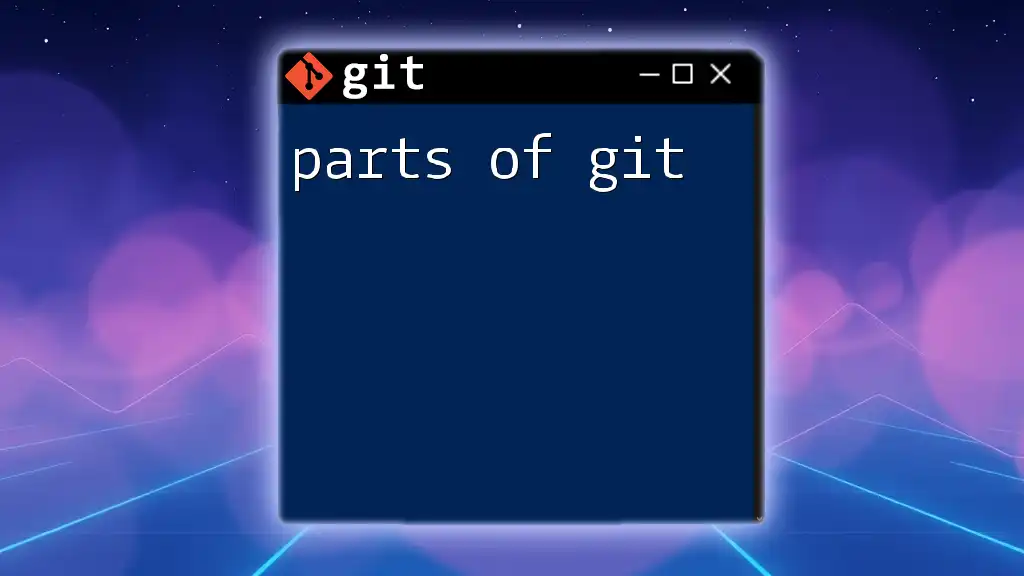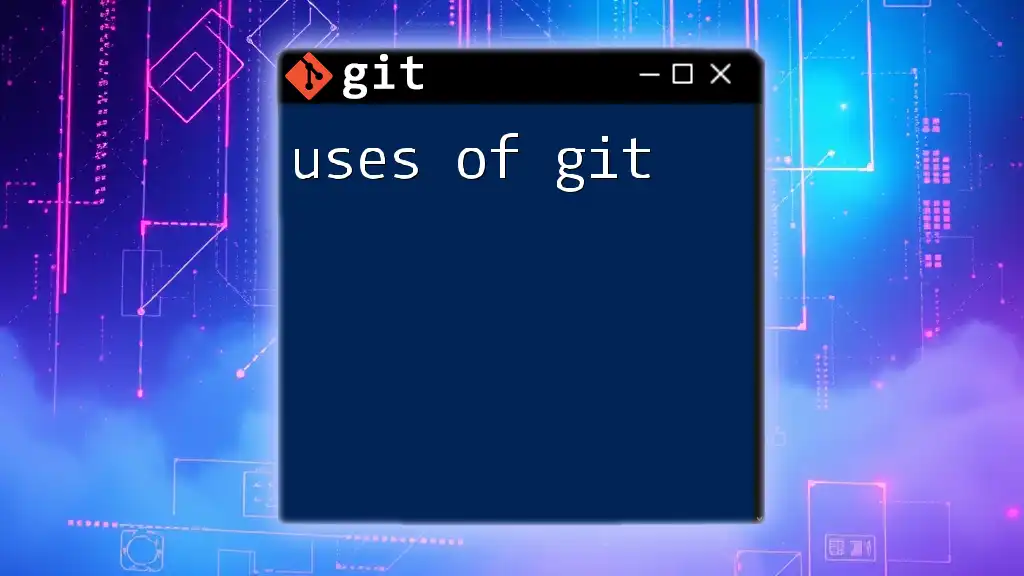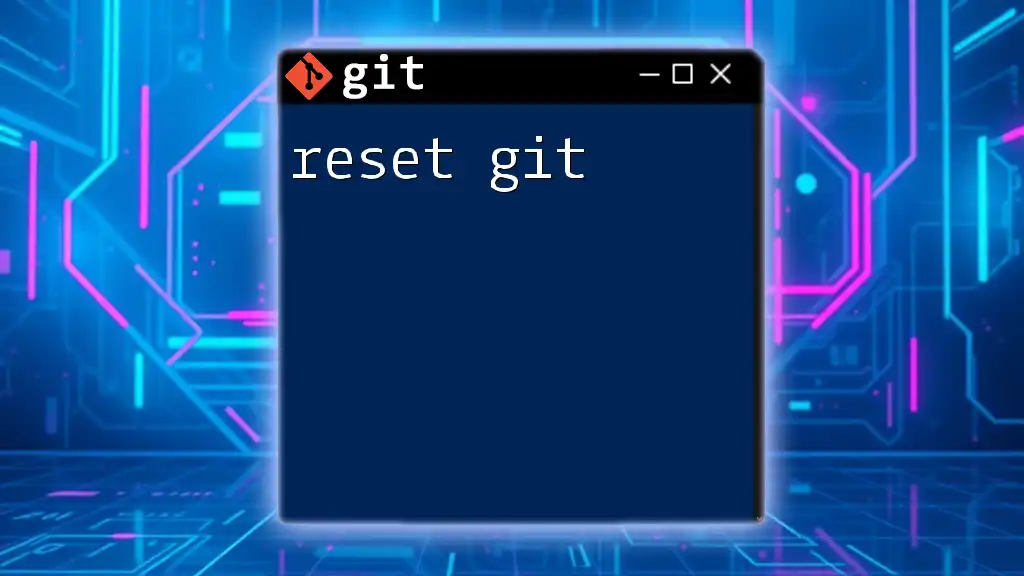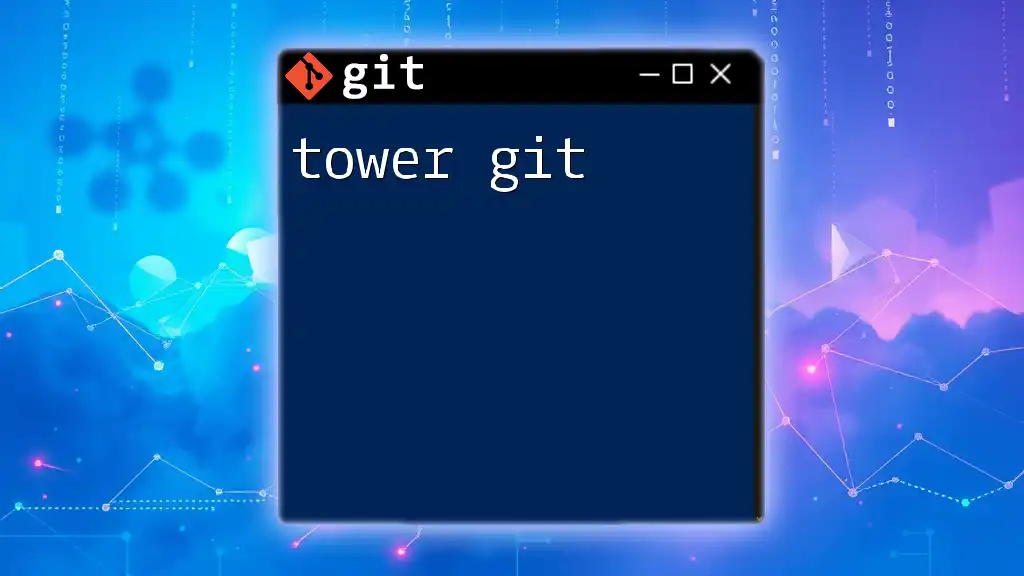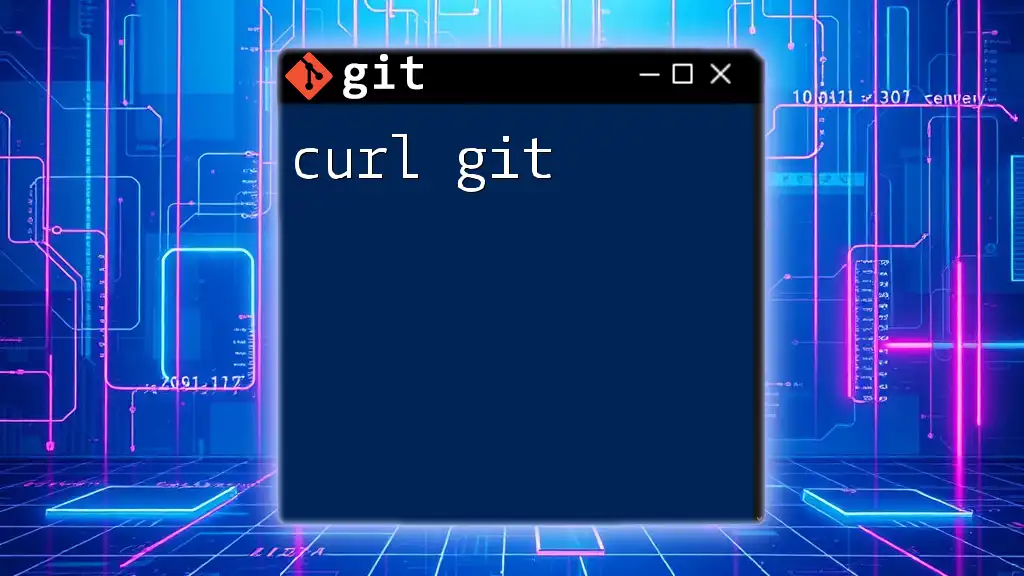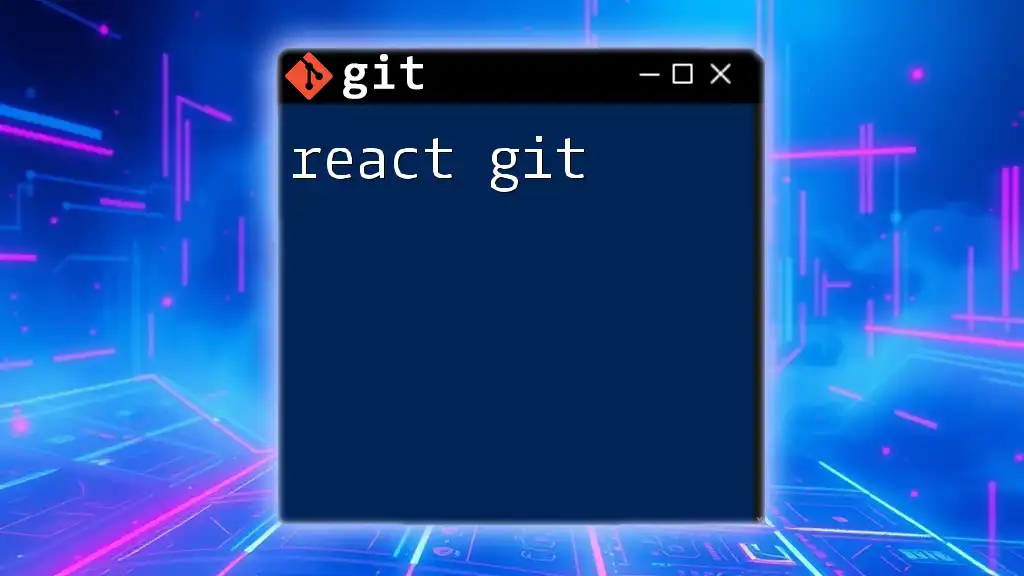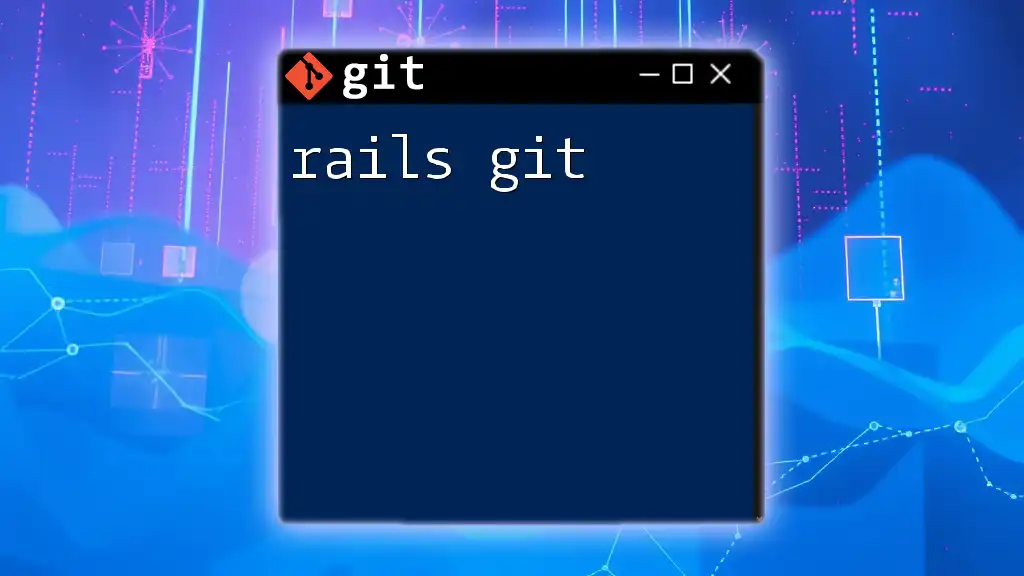The command `rm -rf git` is used to forcefully and recursively remove the directory named "git" along with all its contents without prompting for confirmation.
rm -rf git
What is `rm -rf`?
The `rm` Command
The `rm` command, short for remove, is a fundamental command in UNIX/Linux environments that allows users to delete files or directories from the file system. It is a powerful command that does not move files to a trash bin or use any kind of undo option, meaning that once files are deleted, they are gone forever unless specifically backed up.
Basic Usage
The basic syntax of the `rm` command is straightforward:
rm [options] [file/directory]
It can be used for simple deletions, but caution is highly recommended, especially in directories containing important files.
The `-r` and `-f` Flags
When executing the `rm` command, you can use flags that modify its behavior. The `-r` flag stands for recursive, which tells the command to delete not just files, but entire directories and their contents. Meanwhile, the `-f` flag, which means force, overrides any prompts that would normally ask for confirmation before deletion. This can lead to very swift, large-scale deletions, and should be used judiciously.
When to Use `-rf` Together
Using `-rf` together is particularly powerful in scenarios where you need to clean up directories that contain many nested files and directories without confirmation. However, this also makes it one of the most dangerous combinations in Unix commands, as you can easily delete necessary data if you're not careful.
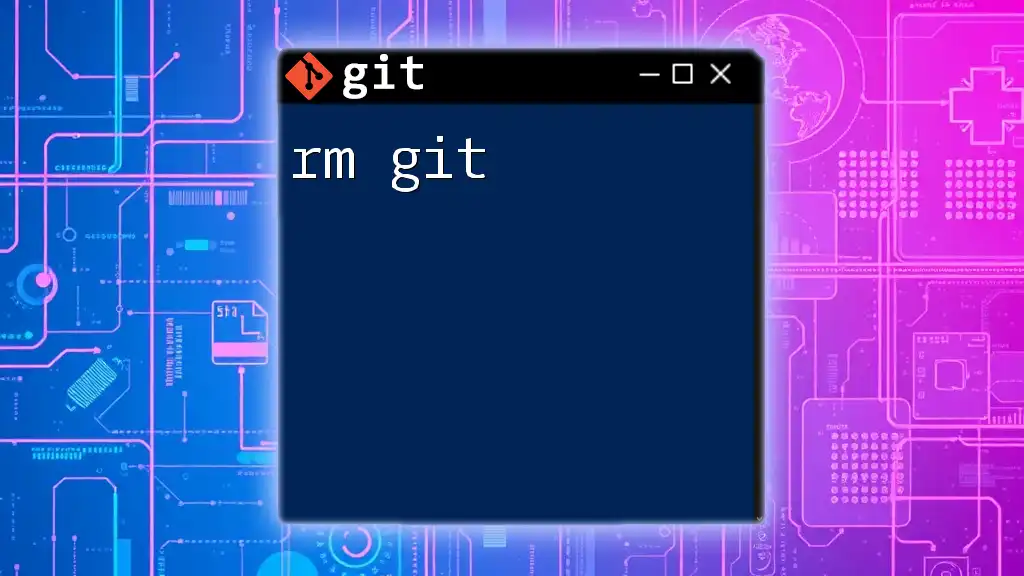
Using `rm -rf` in a Git Context
What Does `rm -rf` Do in Git?
In a Git repository, employing `rm -rf` can be a way to delete files from both your working directory and your version control history. However, it is crucial to understand that using `rm -rf` by itself does not tell Git to track this removal in version control unless you follow it up with `git add` and `git commit`.
Example: Removing a Directory from Git
To remove a directory entirely from your Git repository, you can use:
git rm -rf <directory_name>
This command will delete the specified directory and all of its contents, notifying Git to also track this change. For instance, if you have a directory named `old_project`, running the command will effectively remove it from your working directory and schedule the removal for the next commit.

Safety Precautions When Using `rm -rf`
Risks Involved
The dangers of using `rm -rf` indiscriminately can lead to unintended consequences, such as loss of important files and disruptions in your project workflow. A common mistake is executing `rm -rf` in the wrong directory, which can wipe out entire projects or vital configuration files, leading to substantial data loss and recovery challenges.
Recommendations to Avoid Mistakes
To avoid these pitfalls, it's critical to always review changes with the `git status` command prior to executing `rm -rf`. This allows you to have a clear understanding of your current working state and which files will be affected.
Additionally, consider implementing backup strategies for important files and directories. A simple copy command can be a lifesaver should you accidentally delete something crucial.
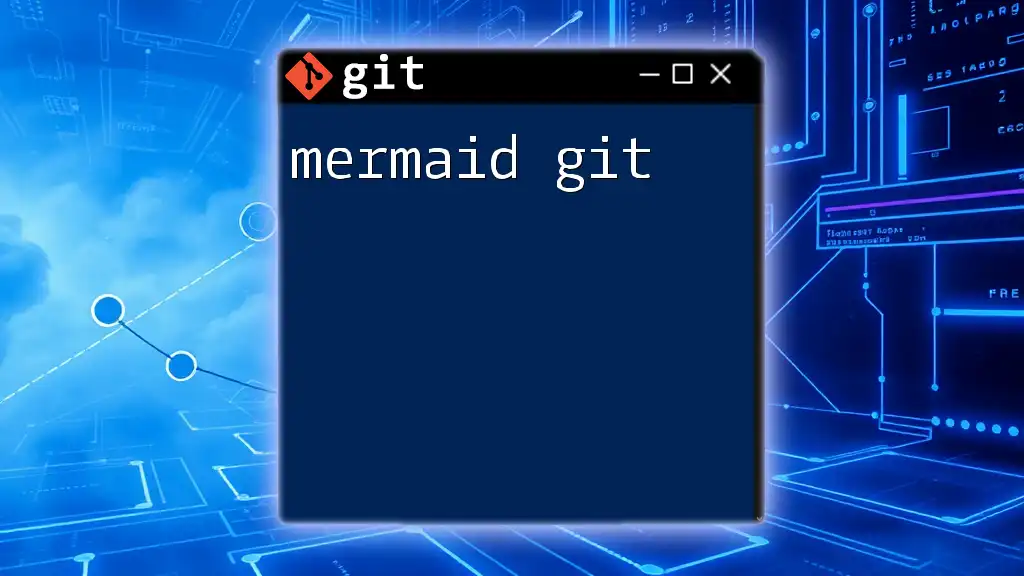
Alternatives to `rm -rf` in Git
Using `git rm`
The `git rm` command is a safer alternative that specifically informs Git of which files or directories you wish to remove. The syntax is as follows:
git rm <file/directory>
Using `git rm`, you avoid the potentially catastrophic consequences of a standard `rm -rf`, as Git will ensure that the files you're asking to remove are tracked in your version control system, thus enabling you to maintain proper historical data.
Using Stashes for Safety
If you're unsure about permanently removing files, using `git stash` can be a great alternative. Stashing allows you to save your current changes temporarily without committing them.
For example, you can execute:
git stash push
This will retain your changes while removing them from the working directory, providing a safety mechanism before you make any destructive changes.
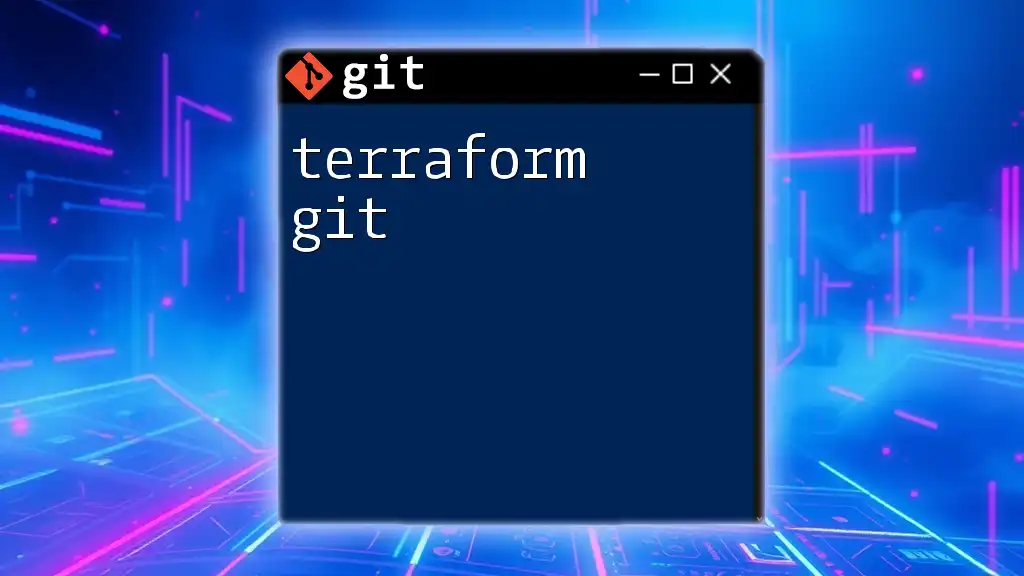
Practical Examples of Using `rm -rf`
Example: Removing Untracked Files
Sometimes you may find yourself needing to clean up untracked files or directories that aren't committed to your Git history. In such cases, you can directly remove them using:
rm -rf <untracked_directory>
This command allows you to efficiently clean up workspace clutter that isn’t part of your version-controlled project.
Example: Cleaning Up Large Repositories
In the context of large repositories with many nested directories and files, there may come a time when you want to initiate a significant cleanup. Using `rm -rf`, combined with `git add` and `git commit`, can help in quickly handling such large-scale deletions, but always double-check where you are in your directory structure before executing the command.
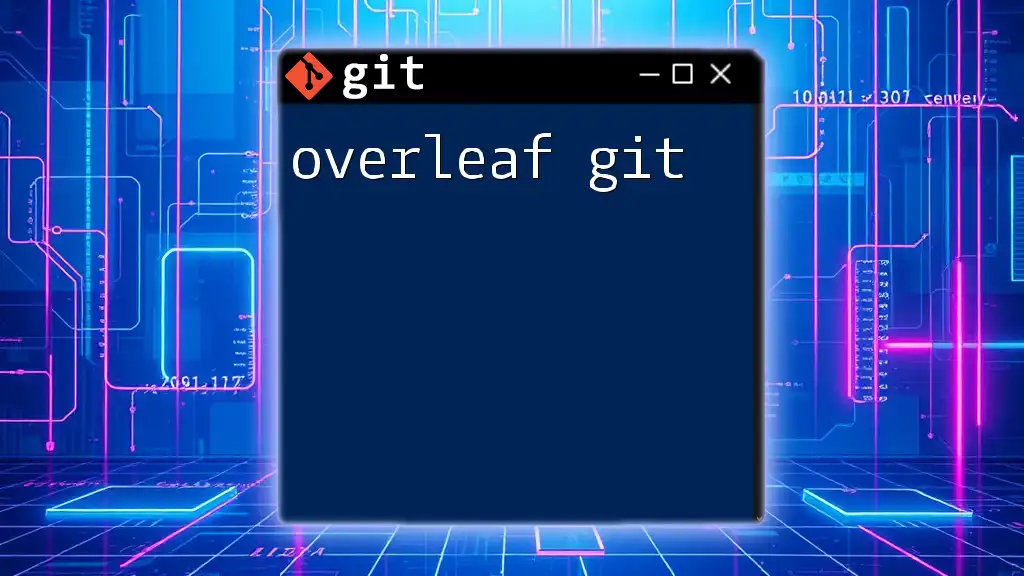
Conclusion
Understanding the `rm -rf` command in the context of Git is pivotal for anyone who aims to maintain control over their codebase effectively. With its powerful capabilities come significant responsibilities. Always approach this command with caution and ensure you have systems in place to safeguard your important files before you hit that delete button. Remember, responsible usage of `rm -rf` can lead to a cleaner, more organized workspace, while careless execution can lead to irreversible losses.
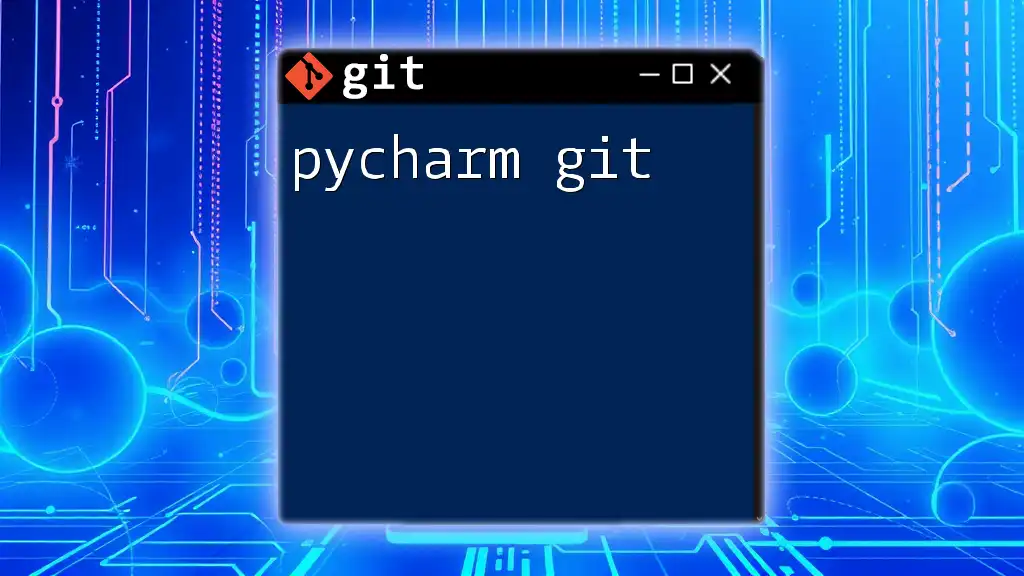
Additional Resources
For further reading on deletion commands in Git, consider exploring the official Git documentation. Continuous learning will enable you to become more proficient in version control, enhancing your capabilities as a developer in collaborative environments.

